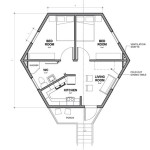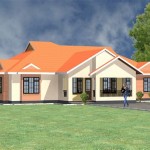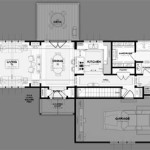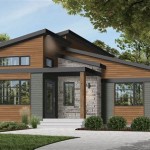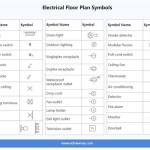Learn How To Design House Plans: Essential Aspects
Designing house plans is an exciting endeavor that can unleash your creativity and bring your dream home to life. Whether you're an aspiring architect or a homeowner looking to remodel, understanding the essential aspects of house plan design will empower you to create functional and aesthetically pleasing spaces.
1. Site Analysis and Orientation
The site where your house will be built plays a crucial role in its design. Consider the topography, drainage, access to utilities, views, and sun exposure. Appropriate orientation can minimize energy consumption by optimizing natural light and ventilation.
2. Program and Space Planning
Identify the functional requirements and desired spaces for your home. Determine the number of bedrooms, bathrooms, living areas, kitchen size, and other areas needed. Plan the flow of spaces to ensure seamless movement and avoid unnecessary steps.
3. Architectural Style and Exterior Design
Choose an architectural style that complements the site and your personal preferences. From traditional to modern, consider the overall shape, rooflines, windows, doors, and exterior materials. The exterior design should enhance the home's aesthetics and functionality.
4. Floor Plan and Interior Layout
Create a floor plan that optimizes space utilization and creates a harmonious flow. Consider room sizes, ceiling heights, storage solutions, and lighting arrangements. The interior layout should promote comfort, privacy, and functionality.
5. Mechanical and Structural Systems
Design mechanical and structural systems that ensure the safety and comfort of the occupants. Plan for heating, cooling, plumbing, electrical, and ventilation systems. Consider energy efficiency and sustainability measures to minimize operating costs.
6. Kitchen and Bathroom Design
Two of the most important rooms in a house, kitchens and bathrooms require careful planning. Optimize the kitchen layout for efficient meal preparation and storage. Choose fixtures and finishes that complement the overall design and create a functional workspace. Bathrooms should prioritize privacy, comfort, and accessibility.
7. Sustainability and Accessibility
Incorporate sustainable design practices to minimize environmental impact and reduce energy consumption. Consider using energy-efficient appliances, renewable energy sources, and building materials with low embodied energy. Accessibility features, such as ramps, wide doorways, and grab bars, ensure the home is accessible to all occupants.
Conclusion
Designing house plans requires a comprehensive understanding of the essential aspects discussed above. By following these guidelines, you can create a functional, aesthetically pleasing, and sustainable home that meets your needs and enhances your quality of life.

Floor Plans Learn How To Design And Plan

House Plans How To Design Your Home Plan

Floor Plans Learn How To Design And Plan

House Plans How To Design Your Home Plan

Floor Plans Learn How To Design And Plan

House Plans How To Design Your Home Plan

House Plans How To Design Your Home Plan

House Plans How To Design Your Home Plan

Floor Plan Learn How To Design And Plans

How To Read Floor Plans 8 Key Elements A Plan Foyr



